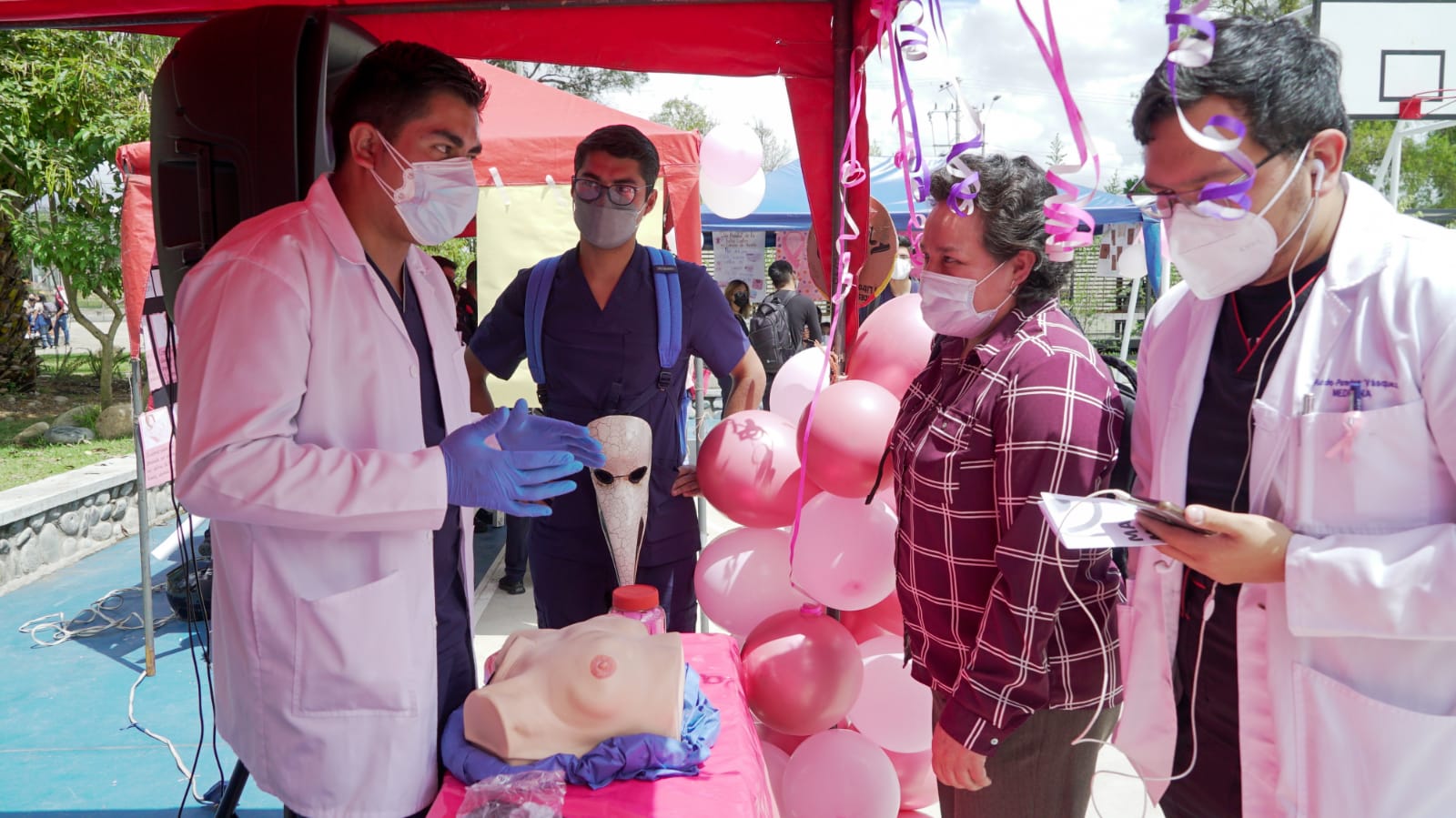An investigation has revealed that the process from first symptoms to treatment takes an average of nine months, which is far longer than the ideal time frame of 30 to 90 days. The report, titled ‘Perspectives: Oncology Patient Route’, was developed by the Cantonal Council for the Protection of Rights of Cuenca and the organization Familias Unidas por los Enfermos de Cáncer (Fupec).
The investigation analyzed the path of cancer patients in Cuenca and found that socioeconomic status, geographic location, and type of cancer all play a role in the length of time it takes to access treatment. The report indicates that breast cancer patients take the shortest time (an average of seven months) to reach treatment, while prostate cancer patients take the longest time (an average of 10.7 months).
The study, which was presented on February 15, 2023, highlights the importance of timely diagnosis, which is the first obstacle cancer patients in Cuenca face. After the initial review at a first-level health center, patients are referred to the Vicente Corral Moscoso Hospital for further tests to confirm the diagnosis. However, since this hospital is general, patients must be referred to Solca, which is the specialized external provider.
The investigation found that one of the delays is in the referral process, as it can be challenging to schedule appointments for exams, for example. In addition to bureaucracy, another factor that slows down the time to access treatment is the lack of culture in cancer prevention. The study shows that people are slow to associate their complaints with cancer when they have a lack of knowledge.
The report revealed that the most well-known types of cancer among the population, such as breast cancer, have earlier detection, making access to treatment more timely. This is in contrast to types of cancer that have many stigmas surrounding them, such as prostate cancer or cancer of the cervix, which are still largely unknown among the population. The report emphasizes that efforts should be made to continue working on campaigns to promote timely diagnosis and to focus on the most vulnerable population, who take up to two years to access treatment.
The investigation also found that the socioeconomic status, geographic location, and gender of cancer patients play a role in their ability to access timely treatment. The poorest people take the longest to complete the entire route, with 60% of those surveyed taking six months or more to make their first medical appointment. This trend is repeated in the following steps, including consultation with a specialist and examinations until reaching the final diagnosis and subsequent treatment. The same happens with people from rural areas and women.
Despite these challenges, the report highlights that once patients receive a definitive diagnosis, access to treatment is relatively fast. The study found that 41% of those surveyed started treatment within seven days of receiving the diagnosis, while 25.49% took between one and three months. However, 8.86% took up to six months, and 7.84% took more than six months.
The report concludes that it is necessary to strengthen primary care focused on the types of cancer with the highest prevalence. It also recommends focusing efforts on the most vulnerable population, which takes up to two years to access treatment. Additionally, the report emphasizes the importance of continuing to work on campaigns to promote timely diagnosis and suggests reducing bureaucracy and improving the referral process to specialized providers to ensure timely access to treatment.


0 Comments